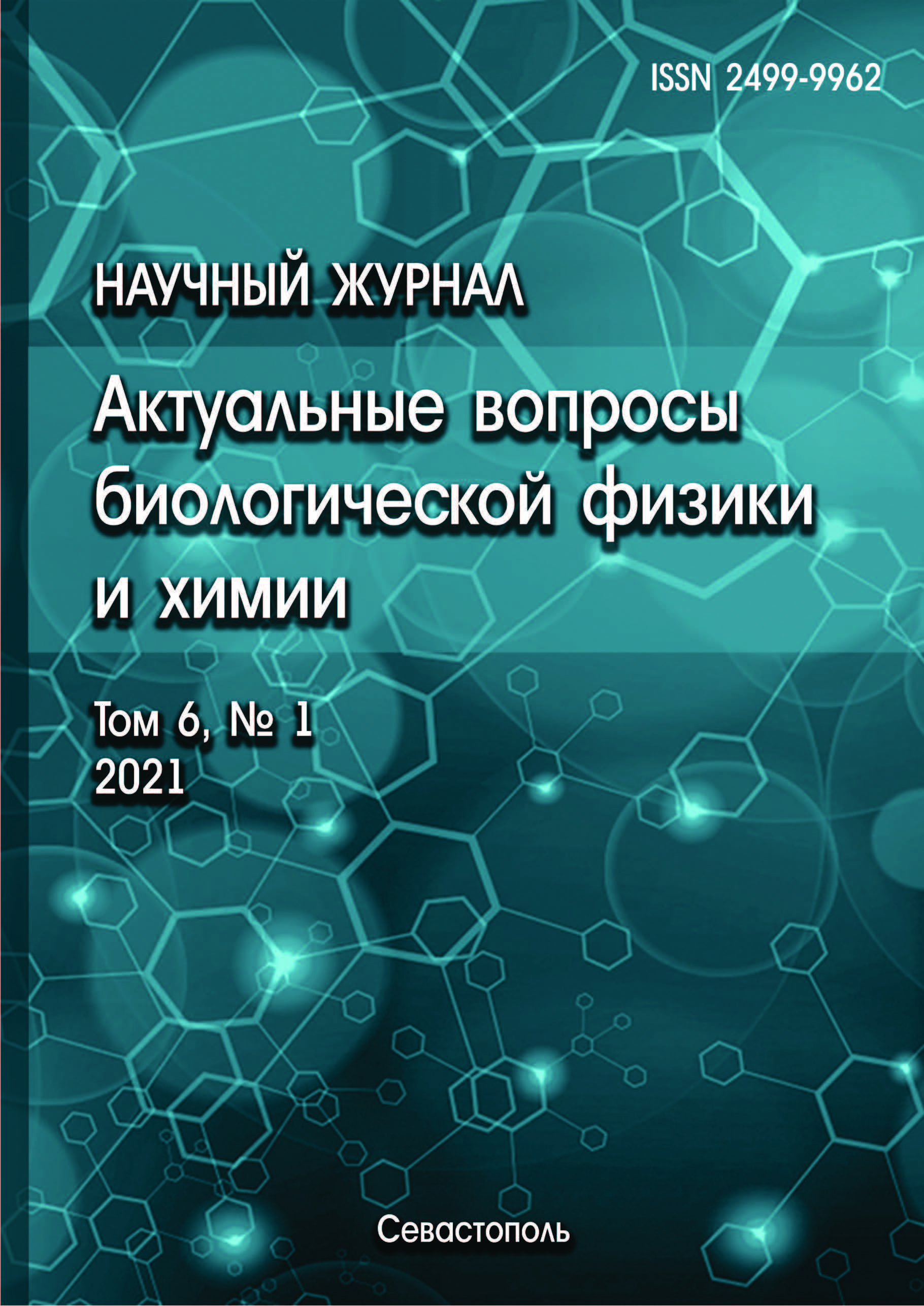At the beginning of our research, the algae Scenedesmus guadricauda was chosen as a test object for phytoplankton organisms in aquatic toxicology. The effect of an aqueous dispersion of fullerene C60 at concentrations of 1, 5, and 10 mg / l on the number of cells, the efficiency of photosynthesis and the proportion of living cells in the enrichment culture was studied. The concentration of 10 mg / l of fullerene C60 in the nutrient medium stimulated the efficiency of photosynthesis up to 25% in comparison with the control, while the number of algal cells increased by 27%. The stimulating effect was less pronounced at concentrations of 1 and 5 mg / l of fullerene. The second stage of our research was planktonic crustaceans ceriodaphnia dubia, which are highly sensitive to pollution of the aquatic environment with potentially toxic substances of various chemical nature. The effect of the investigated fullerene concentrations of 0.1 and 1 mg / l on ceriodaphnium showed an increase in body size up to 6% and fertility up to 144% in individuals of the experimental groups compared with the control. When exposed to a higher concentration of 1 mg / l, these differences are more significant. Thus, in the studied organisms, the stimulation of biological parameters is observed when fullerene is added to the nutrient medium, while the crustaceans ceriodaphnia dubia are more sensitive.
fullerene C60, stimulation, crustaceans, algae, photosynthesis, abundance
1. Mosharova I.V., Dallakyan G.A., Mikheev I.V., Il'inskii V.V., and Akulova A.Yu. Changes in the quantiative and functional characteristics of bacterioplankton under the influence of aqueous unmodified fullerene C60 dispersions. Doklady Biochemistry and Biophysics, 2019, vol. 487, no. 2, rr. 1-4.
2. Aquino A., Chan J., Giolma K., Loh M. The effect of a fullerene atersuspension on the growth, cell iability, and membrane integrity of Escherichia coli B23. Jounal of Experimental Microbiology and Immunology (JEMI), 2010, vol. 14, rr. 13-20.
3. Chae S.R., Wang S.Y., Hendren Z.D., Wiesner M.R., Watanabe Y., Gunsch C.K. Effects of fullerene nanoparticles on Escherichia coli K12 respiratory activity in aqueous suspension and potential use for membrane biofouling control. Journal of Membrane Science, 2009, vol. 329, no. 1-2, p. 68.
4. Hadduck A., Hindagolla V., Contreras A., Li Q., Bakalinsky A.T. Does aqueous fullerene inhibit the growth of Saccharomyces cerevisiae or Escherichia coli. Applied and Environmental Microbiology, 2010, vol. 76, no. 24, rr. 8239-8242. DOI: https://doi.org/10.1128/AEM.01925-10; EDN: https://elibrary.ru/NYRBUJ
5. Tong Zh-H., Bischoff M., Nies L., Carroll N.J., Applegate B., Turco R. Influence of fullerene (C60) on soil bacterial communities: aqueous aggregate sixe and solvent co-introduction effects. Scientific reports, 2016, vol. 6, r. 28069.
6. Huang F., Ge L., Zhang B., Wang Y., Tian H., Zhao L., He Y., Zhang X. A fullerene colloidal suspension stimulates the growth and denitrification ability of wastewater treatment sludge-derived bacteria. Chemosphere, 2014, vol. 108, r. 411
7. Mikheev I.V., Khimich E.S., Rebrikova A.T., Volkov D.S., Proskurnin M.A., Korobov M.V. QuasiEquilibrium Distribution of Pristine Fullerenes C60 and C70 in a Water-Toluene System. Carbon, 2017, vol. 111, r. 191.
8. Pogosyan S.I., Galchuk S.V., Kazimirko Yu.V. Konyukhov I.V., Rubin A.B. The use of a MEGA-25 fluorimeter to determine the number of phytoplankton and assess the state of its photosynthetic apparatus. Voda: khimiya i ekologiya, 2009, no. 6, pp. 34-40. EDN: https://elibrary.ru/LMBKPZ
9. Lewis P., Klemm D., Lazorchak J., Norberg-King T., Peltier, W. Short-term methods for estimating the chronic toxicity of effluents and receiving water to freshwater organisms. Third edition: U.S. Environmental Protection Agency, 1994, pp. 128-173.
10. Dumpis M.A., Nikolaev D.N., Litasova E.V., Ilin V.V., Brusina M.A., Piotrovsky L.B. Biological activity of fullerenes - reality and prospects. Reviews on ClinicalPharmacology and Drug Therapy. 2018, vol. 16, no. 1, pp. 4-20.
11. Poletaeva D.A. Membranotroannye properties of water-soluble fullerene derivatives: Author's abstract. dis.. cand. biol. sciences. Moscow: Moscow State University 2012, 24 p.










